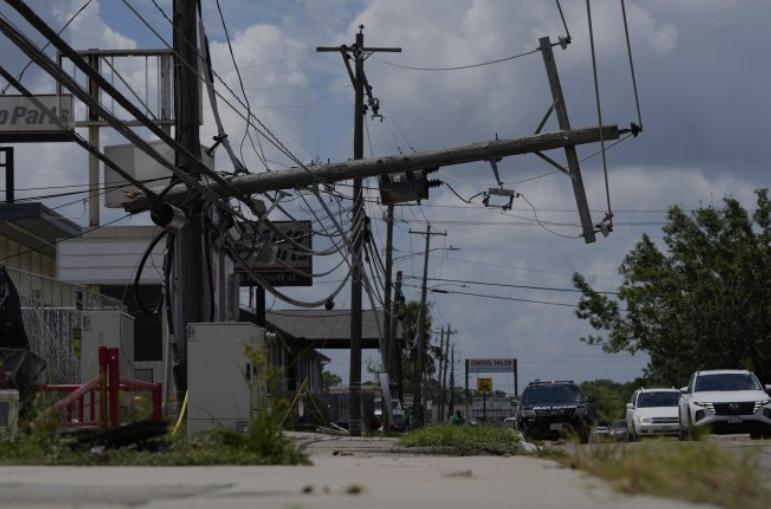
Five days after Hurricane Beryl made landfall in Texas, around a million homes and businesses are still without power, with temperatures rising and the heat index exceeding 100 degrees Fahrenheit in some areas. The storm, which began as a Category 5 but downgraded to a Category 1 before hitting the coast, has left a significant impact, particularly in the Houston area. CenterPoint Energy, the state’s largest power provider, reported that about 870,000 customers are still affected, while they have managed to restore power to approximately 1.4 million customers since the hurricane struck.
Entergy, another major utility company, has restored power to around 162,800 of its 252,460 affected customers. The extensive power outages have left residents frustrated, facing high heat without air conditioning and businesses struggling to operate, often having to discard perishable goods due to lack of refrigeration.
The recovery process is further complicated by the widespread damage to infrastructure. Freeport LNG, a significant liquefied natural gas facility, shut down operations in preparation for the storm and has yet to resume production. Chemical plants in the area, such as those operated by Dow and Olin, also reported disruptions although some facilities like BASF’s experienced minimal impact and are working towards resuming normal operations.
Residents are coping with the situation by seeking alternative accommodations, though many find hotel and rental options scarce and expensive. As the region braces for the potential of more hurricanes this season, experts from Colorado State University have raised their forecast, predicting a highly active hurricane season with up to six major storms.







